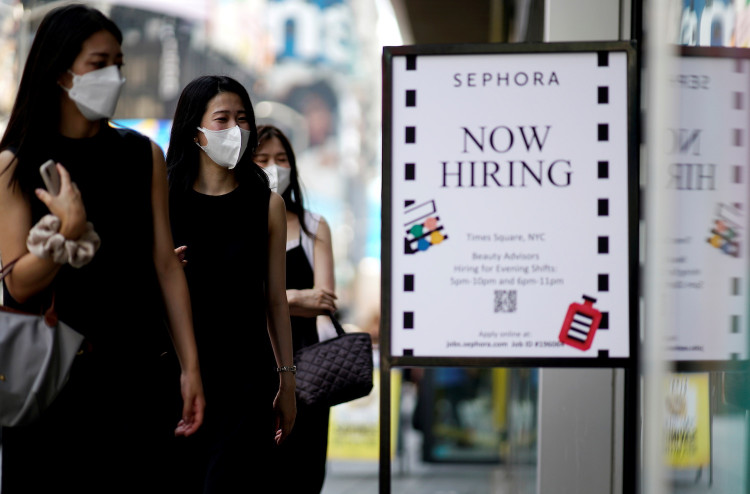Layoff announcements in the United States surged in October, reaching their highest level for the month in more than two decades as companies continue to adjust to slowing economic activity and rapid technological change. The report, released by outplacement firm Challenger, Gray & Christmas, identified more than 153,000 planned job cuts last month, an increase of 175% compared with the same month a year earlier. The figure brings the total number of announced layoffs this year to over one million.
"This is the highest total for October in over 20 years, and the highest total for a single month in the fourth quarter since 2008. Like in 2003, a disruptive technology is changing the landscape," the firm said in its report. Analysts pointed to artificial intelligence adoption, weaker consumer and corporate spending and rising operational costs as the leading factors driving companies to restructure.
Tech companies led the job cuts in October, with significant reductions also reported in retail and business services. Challenger noted that companies are undergoing a broad recalibration after the aggressive hiring seen throughout the pandemic period. Cost-cutting remained the primary motivation for layoffs, followed by AI-driven restructuring initiatives.
From January through the end of October, employers announced 1,099,500 job cuts, a 65% jump from the 664,839 cuts reported during the same period last year. The year-to-date total is the highest since 2020, when widespread shutdowns triggered more than 2.3 million layoffs by October. Andy Challenger, chief revenue officer for Challenger, Gray & Christmas, said that the breadth of layoff activity widened last month. Nearly 450 companies announced layoff plans, compared with under 400 in September.
The timing of the surge adds complexity to the broader economic outlook, as the U.S. government shutdown continues to halt the release of official labor statistics. The September jobs report, scheduled for early October, never appeared, and the October report will also not be published this month. The absence of government employment data has shifted attention to private-sector indicators, including ADP payroll figures and the Challenger layoff count.
Federal Reserve Chair Jerome Powell has warned about the risks of relying solely on private data. "There's a possibility that it would make sense to be more cautious," Powell said in remarks last month, emphasizing that government labor figures are widely regarded as the most comprehensive and reliable measures of economic conditions.






